Small tips to improve your game—each one is a classic!
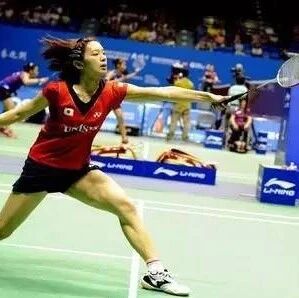
Step-by-step method|Height differs, stride length varies, flexibility isn’t the same for everyone, and arm length differs too—so don’t get hung up on whether it’s one step, two steps, or three.
2Stride length|It’s always the first few steps that are small, with the final step being the biggest. For example, the initial small jump in the first step, followed by a wide, powerful stride in the last step at the net.
3 Major Steps|Remember to avoid letting your knees extend past your toes, as this could put your knees at risk of injury.
Take a big stride, keeping your knees behind your toes.
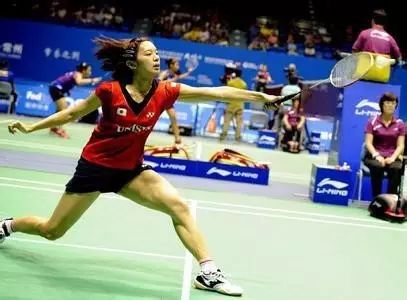
4 Areas of Focus|Always prioritize big movements over small ones. If you can't yet perform the side-step, shoulder-hip rotation, and explosive footwork (big) as a natural reflex, there's no need to focus on fine-tuning wrist or finger movements (small)—doing so could actually lead to injury.
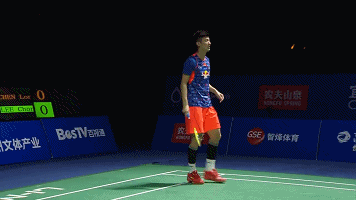
5 Fake Moves|The most critical aspect is the consistency and coordination of the basic movements, with variations in the final stroke coming second.
Tighten the diagonal line
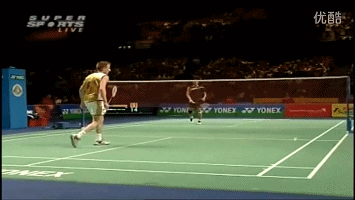
6-Step Takeaway|The first step to gaining momentum—the "momentum" and "framework" of your effort.
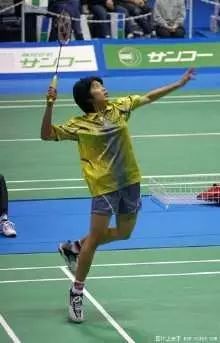
7 Forehands|At the moment of impact, make sure to strike the ball with a proper forehand stroke to minimize energy loss.
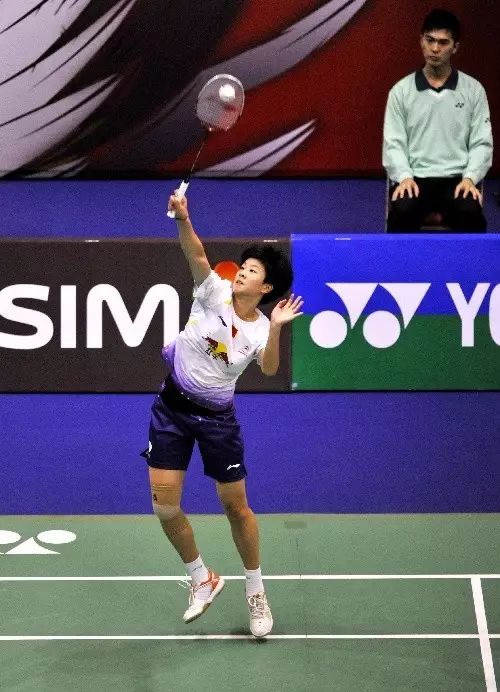
8 side shots|Side-swinging the racket reduces wind resistance and increases swing speed.
9-Swing Kill with Back Arc|Many badminton players have a habit of hitting the shuttlecock with their bodies tilted backward, mistakenly believing it’s an "active jump smash with a backswing." In reality, this approach turns what could be an intentional, proactive shot into a passive one—players should instead move forward to meet the shuttlecock and strike it decisively.
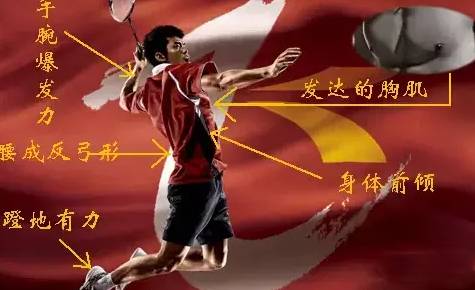
10 in the active voice|Focus more on hitting straight shots—shorter lines mean clearer, more effective results.
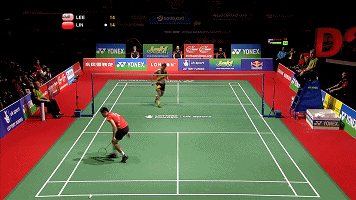
11 When Passive|Hit more cross-court shots to disrupt your opponent's continuous attacks—and give yourself a much-needed breather.
12 Tactics|Badminton requires constant mental agility—without identifying your opponent's weaknesses and vulnerabilities, successful tactics are simply impossible.
13 doubles|Beyond the tired, cliché strategies everyone seems to know by heart, the most crucial point is to always remember that you have a partner. Every shot you hit should aim to make it as comfortable as possible for your teammate to receive—comfortable enough to set them up perfectly for their next move. That’s what teamwork is all about. (In doubles play, we’ve noticed that players who struggle often share one common flaw: they’re entirely focused on themselves, completely ignoring their partner.)
14: Game-winning save|Strength comes from swift movement, so standing still and "punching" the ball won't carry much power.
A swift, "like a rabbit breaking free" type of rapid attack

15 webpages|After sealing the net, you shouldn’t stop your swing—instead, keep it going. Sealing the net isn’t about a single, rigid motion; consistency and fluidity are far more important than forcing a single, abrupt hit.

16Pick up the ball|Simply drive the forearm with your upper arm—just engage your larger muscles to generate power.
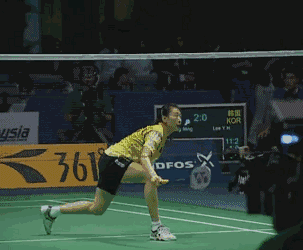
17 Trust|No shoulder passes—once it’s gone, there’s no turning back. Fellow players up front should make quick decisions: if a shot isn’t yours to take, confidently hand it over to your teammate in the backcourt to handle.

18 Take a shot|Try to shoot whenever possible—just relax and take your shots.
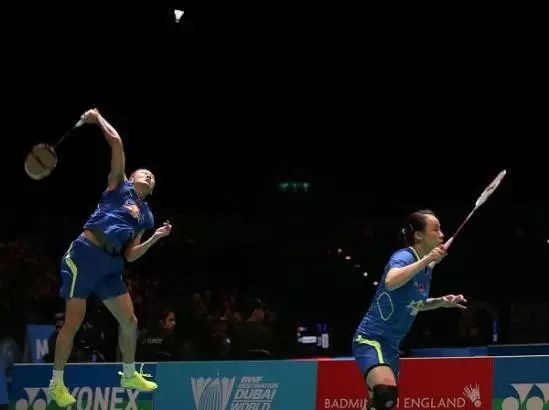


Related Articles
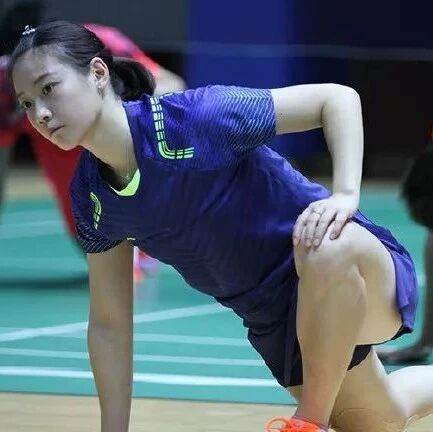
Does playing badminton and working up a sweat really cure everything? It's true!
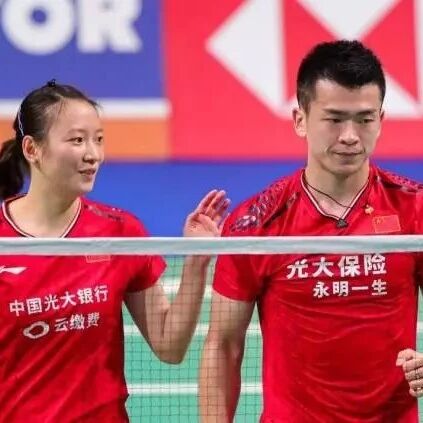
Amateur badminton mixed-doubles players' favorite tactical tips—once you see them, it all clicks!
